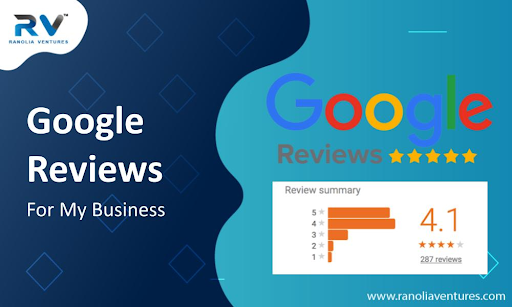
Subtitles in the videos can benefit you far more than you realize. Subtitles are typically utilised for visually impaired audiences or need to improve at listening to or understanding a language other than English. With subtitles, Google can effectively translate the Content and extend your appeal beyond your local language audience.
There are several products available in the market which need captions. As of now, You’ve already posted videos on YouTube. Now it’s time to include captions in your videos to make your Content more accessible to your students. YouTube can use speech recognition technology to generate captions for your videos automatically.
It’s simple to forget that viewers worldwide will see your videos given YouTube’s extensive global reach. You can reach international audiences by including subtitles and closed- Captions in your videos.
You can be fluent in a few languages to communicate with your international audience. Your caption file will be instantly sent to Google Translate by YouTube. Your international audience can watch your video immediately by selecting the Translate Captions option.
YouTube will search subtitles and closed-captioning as metadata once they have been authenticated. This means that your video will be simpler to find through search engines. This has an opportunity to boost your viewership and improve your overall ranking.
If your videos perform well in other countries, you can update the description and data for the respective languages. You can target individual languages by using the translation option on the YouTube Studio website. Proceed with translating your titles as well as descriptions targeting the intended audience.
Captions can now be added to your videos using YouTube Studio. It makes and adds captions for the video via Google’s voice recognition technologies.
YouTube is a popular online video-sharing platform. Captions on videos make them more accessible to a wider audience, including Deaf and hard-of-hearing users. Captions also aid in increasing a video’s search ranking, allowing it to be found more easily through search engines.
But here’s the catch: it’s rarely exact and almost never has proper punctuation. Here’s a quick method for getting your captions in sparkling-top form without typing it all out.
Here is the whole procedure for how to add a caption to your youtube video –
Step 1 – The first step is: Access your YouTube account.
Step 2 -Remember that you can log in using your Gmail account.
Step 3: In the top right corner, click your account picture.
Step 4: Choose Youtube Studio.
Step 5: On the left, select Content. It will display all of the videos you’ve uploaded.
Step 6: Click the pencil icon for the video you want to edit.
Step 7: Scroll down and click on Show More on the “Video Details” page.
Step 8: Scroll to the Language and Captions Certifications section and change the Video Language to English. Then, at the top, click Save.
Step 9: On the left, select Subtitles.
Step 10: To add new subtitles, click Add.
Step 11 – Select Auto-Sync.
Step 12: Enter the Subtitles, and the Timings will be calculated for you.
Step 13: Select Edit Timings.
Step 14: Press the Publish button.
Step 15: If you want to change your captions, click Edit.
Step 16: Click on the caption text that you want to change.
Step 17: After you’ve finished editing, click Publish.
Talking about the advantages of adding captions is clear that this caption text allows the other viewers or your followers. To increase more YouTube subscribers and views, you can check here: https://buyyoutubesubscribersindia.weebly.com/.
The benefits of adding closed captions are clear. Most importantly, the CC text allows you to reach out to deaf or hard-of-hearing viewers. It’s also beneficial to viewers who speak another language and who consume Content while their phones are silent. All these help the viewers better understand what your Content contains when there are text captions.
It also helps in improving the video quality experience. Regrettably, every video-supporting network has its own technique for introducing closed captions to streaming content, and some sites don’t even have a CC choice in the user interface.
YouTube Studio makes it simple to get subtitles from your video. “To manage additional languages, go to subtitles,” you’ll see, and captions will appear hyperlinked.
On the right, you’ll find Change, followed by clicking it to see more. Press the button. You can Unpublish, Download, Rename, or Delete your work. When you click Download, you’ll be given a choice to store the subtitles in the Original Format. Srt. vtt or. Abv.
The. srt file contains your translated audio as a rich text file. You can utilise your movie if you plan to share your movie on many networks, including Facebook or Vimeo.srt file to include your enhanced subtitles.
And YouTube is quite effective at instantly syncing the written content with the rhythm of the video; one may check using the language that YouTube produced and repair any problems. If your video was scripted, one could also copy-paste your script into the text box. Finally, remember that the most important part is using the on-screen video player to check the video and create captions before publishing.
If you go down the primary Edit page of the video, you’ll see a section with adjustments you may apply to the captions. There is an option to modify the “Video language” but stick to the language mentioned in the video.
Next to that is “Caption certification.” Closed captions may be required if your Content aired on television in the United States after September 30, 2012. This is a Federal Communications Commission regulation. This is how YouTube asserts.
“Title and description language” includes “Video language,” which allows you to modify the language used in the description and title of the video so that anyone looking for the video in a particular tongue can find it.








